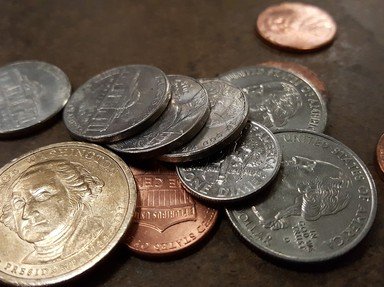Quiz Answer Key and Fun Facts
1. If a layman were shown an early one-cent coin, he/she would not immediately recognize it as a penny. Why is that?
2. Speaking of early one-cent coins, when was the first one-cent coin officially minted in the US?
3. The Flying Eagle Cent is the only US Coin to feature an eagle on the obverse (the front).
4. The Flying Eagle Cents and the early Indian Head Cents (through 1864) were different from all other pennies subsequently produced. Which is NOT one of those differences?
5. The 1877 Indian Head Cent is the most sought-after coin in this set. Why is that?
6. Who designed the beautiful Indian Head Cents?
7. What was the primary metal in the cents made in 1943?
8. When did the Lincoln Cent change from the Wheat reverse to the Lincoln Memorial reverse?
9. Do the pennies minted today contain any copper?
10. What is special about the pennies minted in 2009?
Source: Author
redsoxfan325
This quiz was reviewed by FunTrivia editor
Bruyere before going online.
Any errors found in FunTrivia content are routinely corrected through our feedback system.

